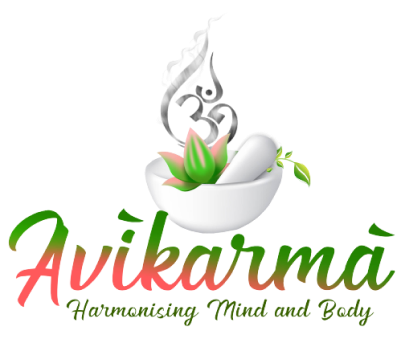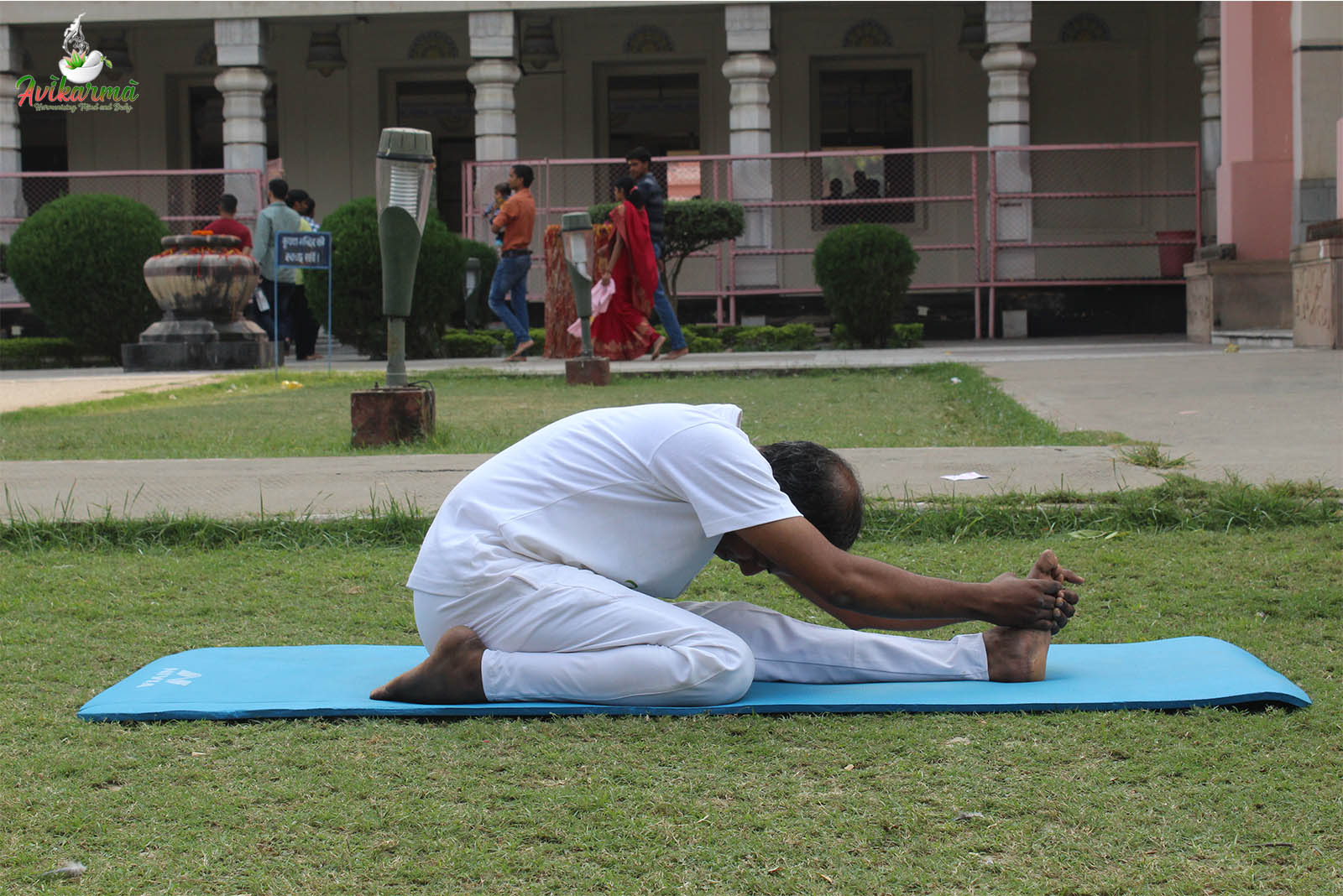- Trianga Mukhaikapada Paschimottanasana-:
Trianga Mukhaikapada Paschimottanasana forms part of the Iyengar Yoga as well as Ashtanga Yoga. It is an advanced seated posture with a forward bend. Along with the combination of three poses – Dandasana, Virasana, and Paschimottanasana (Seated Forward Fold Pose). Trianga is a combination of three limbs or parts. The three parts are the feet, knees, and buttocks therefore the name is Trianga.
It involves the use of three parts of the body, including the buttocks, knees, and feet, and is characterized by three asanas: Dandasana, Virasana, and Paschimottanasana.
The name Trianga Mukhaikapada Paschimottanasana word is taken from Sanskrit. Let us understand its importance by separating the words of its original name.
- Trianga means “three limbs”.
- Mukha refers to “face.”
- Eka means “One.”
- Pada is “foot”.
- Paschima is “west” or “back of the body”.
- Uttana means “Intense stretch”.
- Asana means “Posture.”
The posture is most fit for those people who have nervousness or fear problems, this asana builds self-confidence, strength, and a sense of purpose in life.
This asana is for those whose feet are flat and whose arches are down. This asana heals ankle and knee sprains and reduces any swelling in the legs and it also tones the abdominal organs through asanas such as Janu Sirsasana, Ardha Baddha Paschimottanasana, and Trianga Mukhaikapada Paschimottanasana. Any asana that involves a forward bend helps keep the abdominal organs toned and healthy. With this asana, the muscles are made in shape and this asana also works on the body parts.
- Let us learn how to do Trianga Mukhaikapada Paschimottanasana-:
- Spread a mat on the floor and sit with your legs stretched straight in front.
- Bend the left leg at the knee and then take it back. Place the left foot near your hip joint and keep the toes facing back and resting on the floor. The inner part of the foot of the left calf will touch the outer part of the left thigh.
- Now balancing in this position, put your body weight on the bent knees and legs, initially the body bends outwards and at the same time, the extended leg also bends outwards. Learn to balance in this position, keeping the feet and toes extended and pointed forward.
- Now hold the edge of the sole of the right foot with both hands. Lean the trunk forward if you can and curl your wrists around the right foot and take deep breaths.
- Now exhale while joining the knees and try to bend forward. As you lean forward, rest your forehead, then nose, and chin, finally resting on your right knee.
- Do not rest the right elbow on the floor. In the beginning, beginners are unable to maintain their balance due to which they fall towards the extended leg.
- Therefore, the torso should lean towards the bent leg and the bent knee should bear the weight of your body.
- Breathing normally, stay in this position for 1-2 minutes.
- Inhale and then lift your head and torso, release the hands and straighten the left leg and sit comfortably on the floor.
- Repeat this pose on the other side as well and stay on both sides for the same amount of time.
- Benefits of Trianga Mukhaikapada Paschimottanasana-:
- This asana stretches the neck, shoulders, arms, back, hips, thighs, knees, and abdominal muscles.
- This posture increases the flow of blood and tones and nourishes the muscles.
- By doing this asana, gives strength to the muscles and also increases flexibility.
- Leaning forward and bent legs put pressure on the abdominal organs, due to which our digestive system starts working properly.
- This asana tones the muscles as well as indicates the proper functioning of the liver, pancreas, and kidneys.
- Performing this asana cleanses the body and helps in controlling the functioning of all the abdominal organs.
- By doing this asana, it proofread the alignment of the feet. The pose maintains the alignment of the hips and flexes the knee.
- The stretches improve the supply of jostle to the spine and nerves.
- Trianga Mukhaikapada Paschimottanasana has pain-relieving effects.
- By doing this asana, self-confidence increases, and negative energy like fear and self-doubt ends.
- Precautions are taken while doing Trianga Mukhaikapada Paschimottanasana-:
- Pregnant women should avoid this asana without the help of any yoga instructor.
- Those people who have recently undergone any type of surgery should not practice this asana.
- Avoid this asana if you have any injury in your neck, shoulder, back, hips, arms, and ankles.
Note-: If you have liked this blog of ours, then share it with your friends and relatives, and do like it.
You can visit our website to get more information related to yoga and if you want to do yoga classes online, then you can take the facility of classes by booking on our website.
If you have any doubts, you can clear your doubts by calling and messaging us.
Don’t forget to subscribe and follow our channel by clicking on the link given below.
https://www.youtube.com/@avikarma555
https://www.instagram.com/avikarma2
https://www.facebook.com/avikarma2
Thank You!

